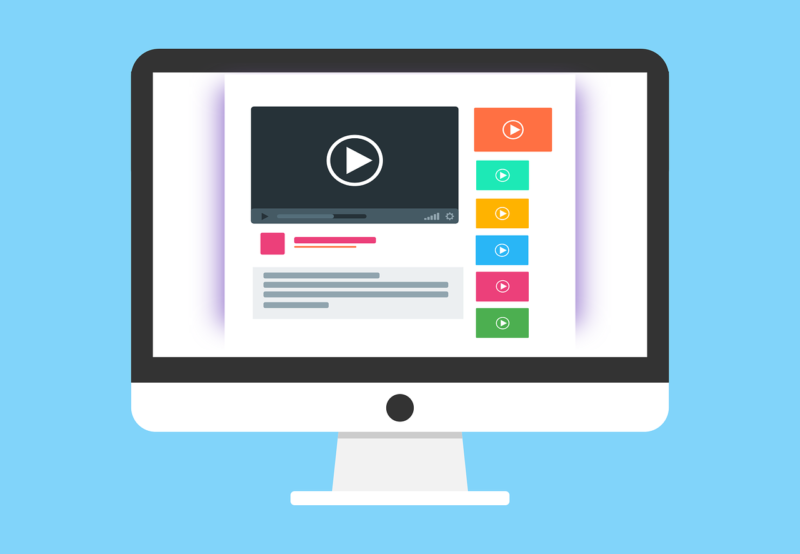From Faculty Focus – June 14, 2021
Excerpt:
We know that students used audio-visual media even before the COVID-19 move to online teaching. The number of viewers and subscribers to YouTube channels that host video tutorials by instructors provides strong evidence of students’ preference for this video content. For example, Professor Allen Sens from the political science department at the University of British Columbia specializes in international security; most of his lectures on YouTube have 200,000 views or more, and more than 25,000 people subscribe to his channel. Another example is from the statistics from my YouTube channel: The most popular video on the Ricardian model has 120,000 views.
To further understand the importance of asynchronous video, we should explore students’ viewing behavior in more detail. This wasn’t hard to assess; several students were eager to share their experience, and according to them, screencasts made the subject appealing and enjoyable.
The following information uses statistics from an online survey for an undergraduate course and YouTube analytics to highlight the use and benefits of videos. In an information-gathering exercise, a class of 80 students taking a first-year undergraduate course in economics were asked to provide feedback in an anonymous survey at the end of the academic semester. The survey was voluntary and administered after the final course grades were submitted for all students.
The characteristics of a video make it an excellent pedagogical tool. Here’s why:




